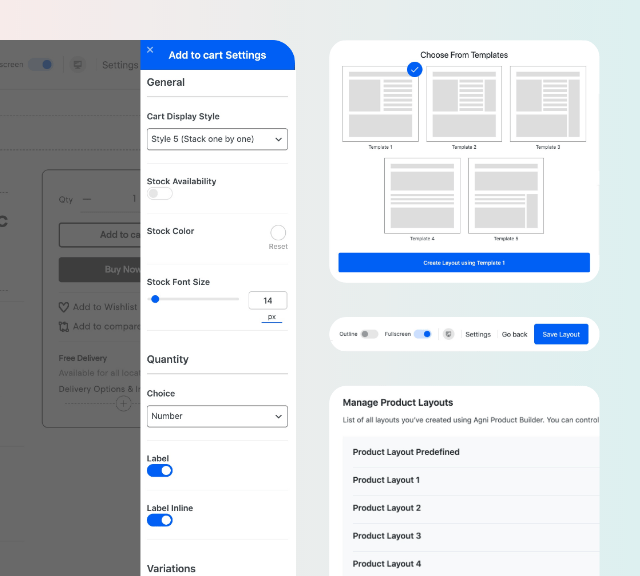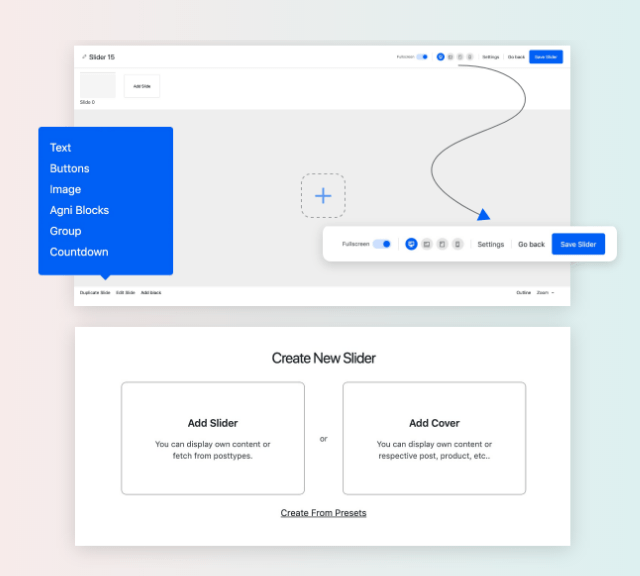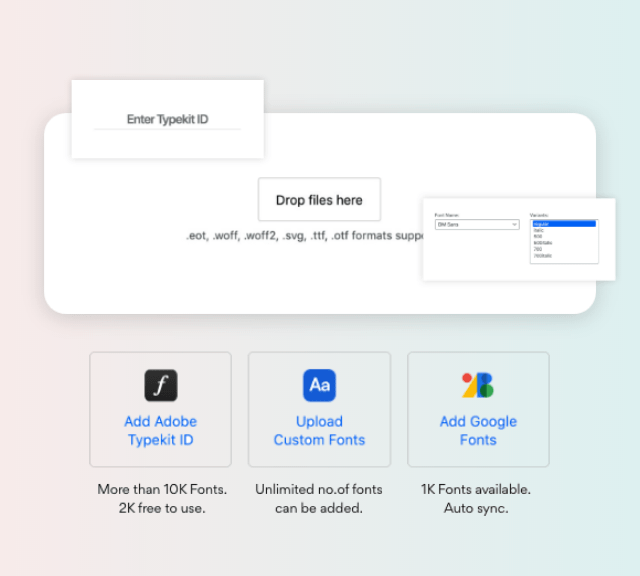Content
The cash flow statement reflects both income statement elements and some changes in balance sheet elements. The last section of the conceptual framework deals with the concept of capital maintenance. This is a broader economic concept that attempts to define the level of capital or operating capability that investors would want to maintain in a business. This is important for investors because they ultimately want to earn a return on their invested capital in order to achieve growth in their overall wealth. However, there are examples of specific standards in IFRS that do have unbalanced requirements (i.e. have a requirement for more persuasive evidence when recognizing an income compared to an expense).
It usually involves institutional players such as corporations, governments and markets. That is why it is important for accounting regulators to seriously examine the nature of economic phenomena collectively so that its functional status is intentionally represented faithfully in financial reporting . Hence, accounting regulators, such as International Accounting Standards Board , have to ensure that underlying theoretical concepts of accounting represents objectively institutional facts highlighted in social reality . Moreover, in chapter two of the Conceptual Framework addressed that financial information should possess qualitative characteristics of relevance and faithful representation. In terms of relevance, financial information presented to stakeholders must be to make a difference in decision making as well as influence stakeholder’s decisions.
Definition of Conceptual Framework
Conceptual framework is a base upon which accounting standards are based.However,accounting standards apply the concept in specific situations.So,accounting standards apply to a wider range of decisions. Ensure that the financial information is useful to investors and lenders, and helpful in determining a company’s cash flows, company’s assets, liabilities and changes to owners equity. An essential purpose of the framework is to assist various Accounting Standards Boards in different countries in developing and revising individual accounting standards. Therefore the concepts underpinning any specific standard should generally be consistent with those outlined in the Framework. By convention, the year has been established as the normal period for reporting, supplemented by interim quarterly reports.
- After that, an accountant could double check and make correction on the figure in order to balance.
- Differs from earnings in that it includes unrealized gains and losses not recognized in the income statement.
- If the accountant realize a charge that he or she is unable to account for then he or she can easily track it down because they have to have a one to one correspondence between the two sets of records.
- In other words, the adoption of current value measurement is merely another indicator to prudence, as both of them involve estimation and predictability.
Although there are many potential users of financial reports, the objectives are directed primarily toward investors and creditors. Other external users, such as the IRS or the SEC, can require selected information from individuals and companies. Investors and creditors, however, must rely to a significant extent on the information contained in the periodic financial reports supplied by management. In addition, information useful to investors and creditors in most cases will be useful to other external users (i.e., customers and employees). Although these publications made significant contributions to the development of accounting thought, no unified structure of accounting theory emerged from these efforts.
Impact of the Conceptual Framework
Continuity supports the measurement and recording of assets and liabilities at historical cost. SFAC No. 3, “Elements of Financial Statements of Business Enterprises” Provides definitions of items that financial statements comprise, such as assets, liabilities, revenues conceptual framework accounting and expenses. In short, a conceptual framework is a broad set of guidelines that provides direction for financial statement preparation. Accounting standards are more specific rules that mandate how certain transactions should be reflected in financial statements.
Constraints are things like materiality and cost-benefit considerations that make it hard to make financial statements. Principles are the guidelines that help ensure that financial statements are prepared consistently and accurately. The two primary qualitative characteristics are relevance and faithful representation. Relevant information can make a difference in users’ decisions, while exact representation means that the data is complete, neutral, and free from error.
Summary Definition
Then the nature and affect of the accounting change, as well as the justification for it, must be fully disclosed in the financial statements for the period in which the change is made.. Enhancing qualitative characteristics of financial reporting include timeliness, understandability, comparability, and verifiability. FASB basis its objectives for financial reporting on the needs of the ultimate financial statement user. Differs from earnings in that it includes unrealized gains and losses not recognized in the income statement.
What are the 3 main elements of the conceptual frame?
There are three sources for a conceptual framework: (1) experience, (2) literature, and (3) theory.
What is the IFRS conceptual framework?
The Conceptual Framework provides the foundation for Standards that: (a) contribute to transparency by enhancing the international comparability and quality of financial information, enabling investors and other market participants to make informed economic decisions.








































